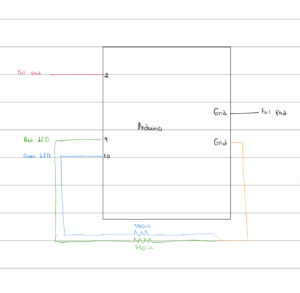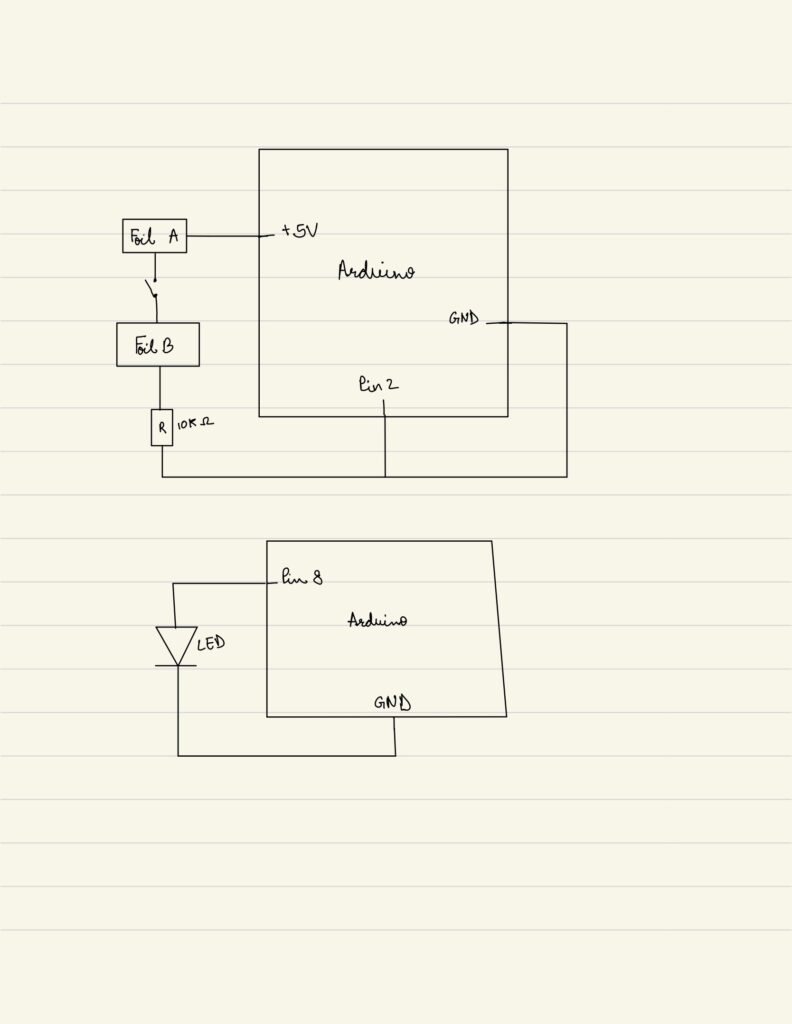I strongly agree with Norman’s idea that beautiful things often appear more usable than others. His argument immediately reminded me of a simple economic distinction: need vs want. The “need” reflects a product’s functionality, while the “want” represents the emotional desire or aesthetic appeal that creates the illusion of greater usability.
A recent experience illustrates this perfectly. My phone’s screen-guard and cover had broken, making it look worn out and, to me, almost unusable. I even considered buying a new phone, not because it stopped working, but because it looked unattractive. However, as soon as I replaced the cover, the phone suddenly felt smooth, neat, and functional again. Nothing changed technically, yet my perception of usability improved. This small incident made Norman’s point about emotional design feel remarkably real. It stresses on how our positive affect can shape our judgment of an object’s performance.
This also made me wonder: why do we, as humans, lean so strongly toward attractiveness over function? Is it instinctive, a natural response to seek pleasure in what pleases the eye? Consider the popular Longchamp tote bag that have taken over university campuses. They are stylish and easily recognisable, yet lack practical compartments, making it difficult to organise essentials like a laptop or documents. Despite this, they remain a trend. Perhaps this reflects what Norman calls the emotional pull of design. We forgive functional flaws when an object evokes a certain feeling or identity.
Yet, aesthetics are subjective; what one finds beautiful, another may not. This raises an important question for designers: how should one balance usability with aesthetics when beauty itself cannot be universally defined? Norman suggests that effective design lies in harmonising both, where aesthetic pleasure enhances, but does not replace, functionality. Maybe it is acceptable, to some degree, for design to create an illusion of usability through beauty, as long as that illusion inspires engagement rather than deception.
In the end, I believe the power of design lies in its ability to connect both heart and mind to make people feel good while helping them do well. Beauty without function is momentary, but function without beauty rarely delights. The challenge, as Norman describes, is to design for both.




